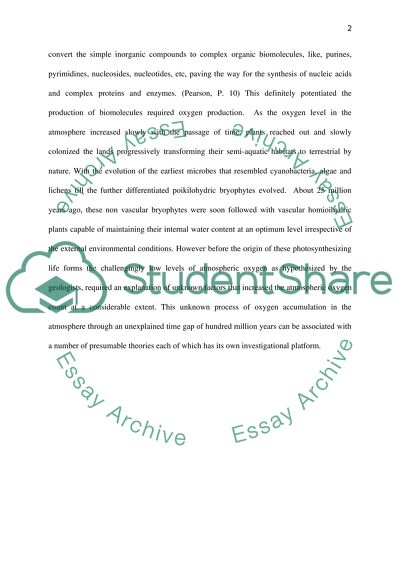Cite this document
(“Cellular Microbiology Essay Example | Topics and Well Written Essays - 2000 words”, n.d.)
Cellular Microbiology Essay Example | Topics and Well Written Essays - 2000 words. Retrieved from https://studentshare.org/science/1517960-cellular-microbiology
Cellular Microbiology Essay Example | Topics and Well Written Essays - 2000 words. Retrieved from https://studentshare.org/science/1517960-cellular-microbiology
(Cellular Microbiology Essay Example | Topics and Well Written Essays - 2000 Words)
Cellular Microbiology Essay Example | Topics and Well Written Essays - 2000 Words. https://studentshare.org/science/1517960-cellular-microbiology.
Cellular Microbiology Essay Example | Topics and Well Written Essays - 2000 Words. https://studentshare.org/science/1517960-cellular-microbiology.
“Cellular Microbiology Essay Example | Topics and Well Written Essays - 2000 Words”, n.d. https://studentshare.org/science/1517960-cellular-microbiology.


